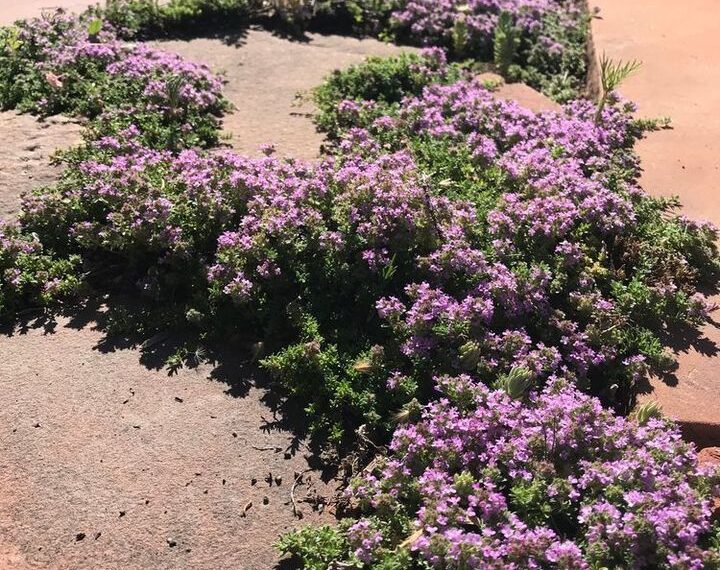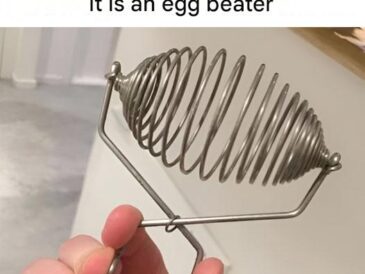
What Creeping Thyme Varieties Work Best?
There are around 300 cultivars of thyme, and many of them are creeping varieties. Here are a few suggestions for thyme that works best as a ground cover.
Red Creeping Thyme – This is by far the most popular thyme variety used for creeping lawns.
Elfin Thyme – one of the tiniest thymes, Elfin thyme grows slowly, which makes it perfect for planting around areas you don’t want completely covered with thyme, such as stepping stones and walkways.
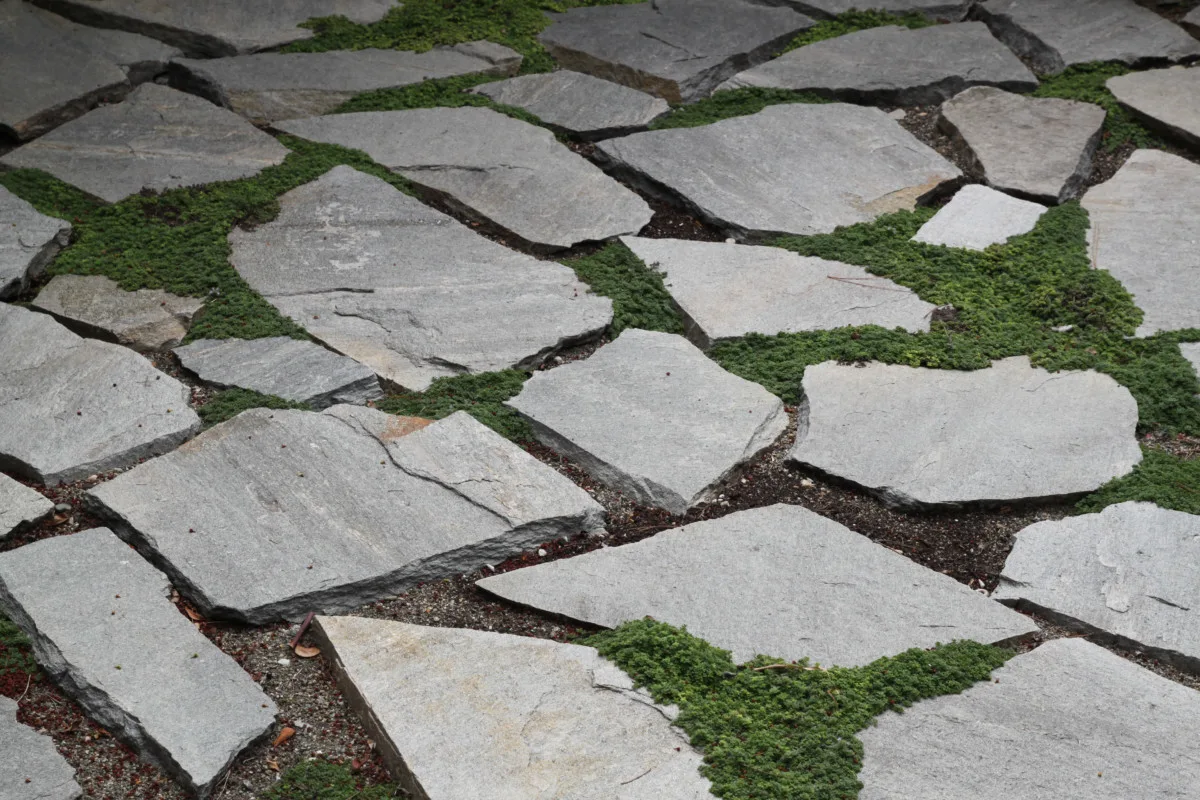
Hal’s Woolly Thyme – quick-growing creeping thyme that can handle foot traffic and will make for a wonderful lawn.
Of course, there are plenty more varieties to consider before choosing one. It’s best to reach out to a local landscaper for advice on what varieties suit your area best.
Getting Rid of Your Existing Turf
Replacing your existing turf with thyme is no picnic. It requires equal measures of patience and hard work. And purchasing enough thyme plugs to fill in your yard can be expensive. For this reason, you may want to start with a small portion of your yard. You can then choose to expand this area with each passing season.
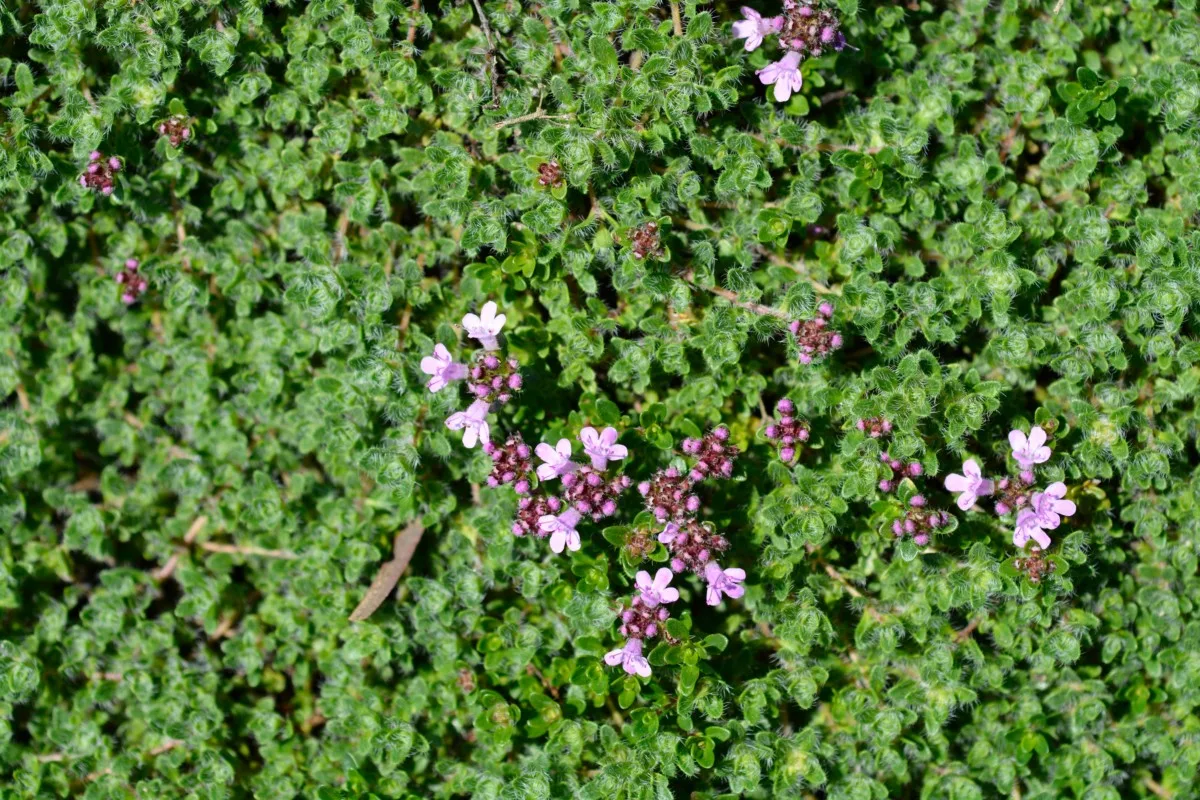
You need to remove the existing turf by digging it up or killing off the grass. Neither option is easy but will be well worth it when you’re enjoying your summer without worrying about mowing the lawn.
The easiest way of getting rid of your existing turf is less labor-intensive but requires the most patience.
Lay down layers of cardboard or newspaper and then mulch heavily. Water these layers with a hose until they’re completely soaked, then weigh them down with rocks, bricks or pavers.
It will take an entire season for the grass to die underneath your “lasagna” layers, but by next spring, all you need to do is poke holes through any remaining newspaper and plant your thyme plugs.
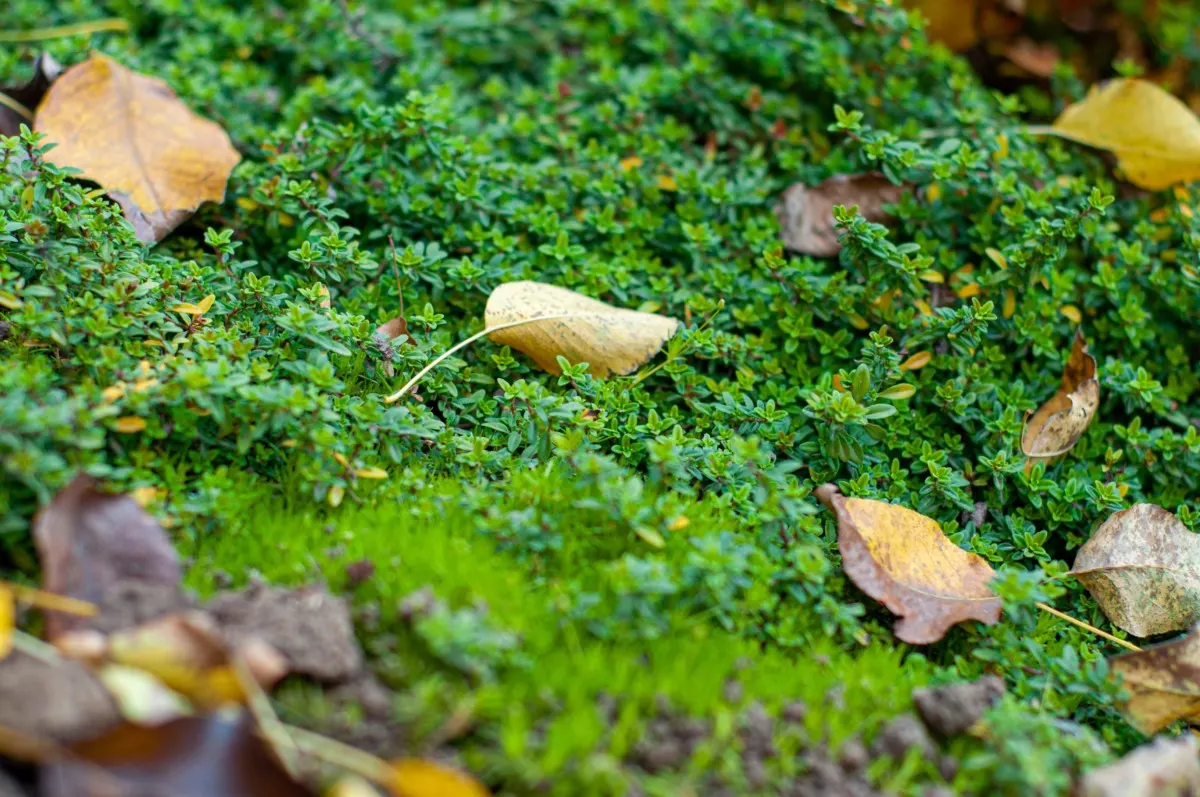
Leaving the newspaper or cardboard in place to continue to break down acts as a weed barrier, allowing your new thyme plants to get established without competition from weeds.
You’ll need to water your thyme regularly until it begins to grow and spread. Usually, by the second season, you will no longer need to water your thyme, and it will begin to spread much quicker.
To Mow or Not to Mow
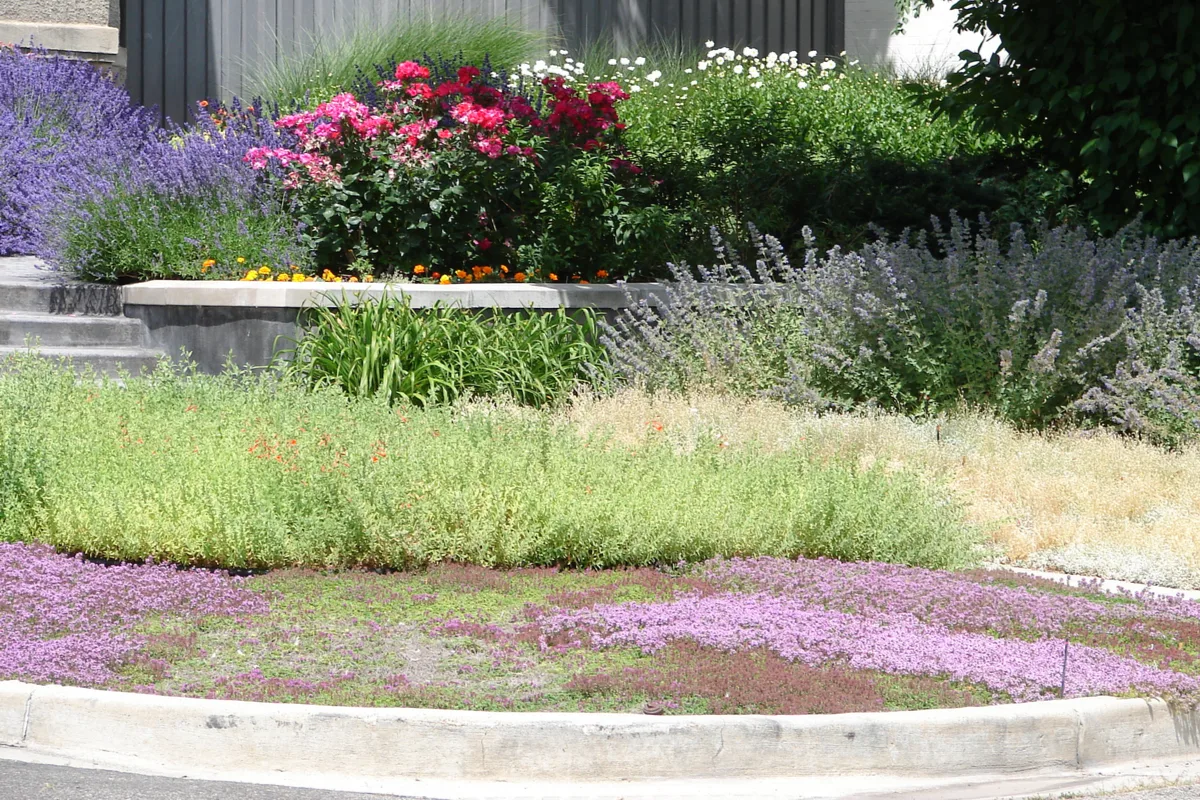
After a couple of seasons, your thyme will be a thick, fragrant carpet. Some, but not all, creeping thymes flower. You may choose to mow your thyme once it has finished flowering. Waiting until after the flowers die back allows bees and butterflies access to the pollen. It also assists with self-seeding the soil with thyme seeds from the flowers.
Reasons Why a Creeping Thyme Lawn May Not Be Right for You
Before you run out to your local landscapers to start ordering thyme plugs, take a moment to think about where you live and the area you want to convert with xeriscaping.
- Thyme is a hardy perennial but won’t make it through the winter in USDA Hardiness Zones 3 and lower. If you’re in Zone 4 through 10, you’re good to go.
- If you have an especially shady lawn, creeping thyme may not be the best option. Thyme loves the sun and needs between 4-6 hours of direct sun each day to keep from getting leggy.
- Thyme is also susceptible to root rot, so if your lawn has drainage issues or remains soggy after rain, you may end up losing your thyme.

This wonderfully fragrant herb offers a great solution to those looking to minimize their lawn’s environmental impact. And yes, even though it is a large investment of time and money upfront, you’ll enjoy your low-maintenance lawn for years to come.
